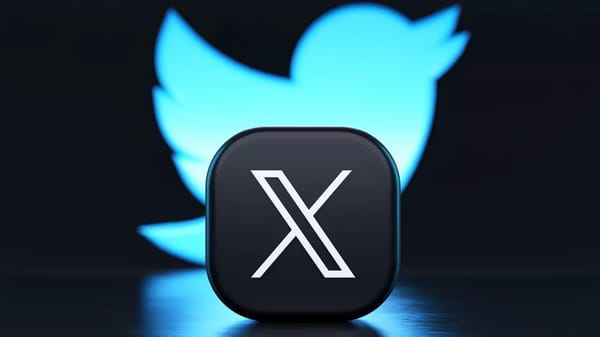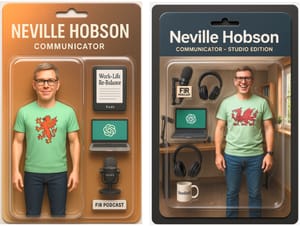In 2023, I stopped using what was then still commonly known as Twitter. By that point, the platform had been rebranded as “X” and had undergone significant changes under Elon Musk’s ownership.
I made a conscious decision to step back. The flood of disinformation, the rise in hate speech, the weakening of content moderation policies, and the platform’s unpredictable leadership made it a place I no longer wanted to be a part of.
I didn’t delete my accounts. I simply stopped posting and rarely visited. It felt like the right thing to do – an intentional choice to step away from a space that no longer aligned with the values I bring to communication. I’ve written about that decision in my now-archived previous blog, and about the wider implications for communicators and organisations wrestling with how (or whether) to use X as part of their professional presence.
What X Has Become
A lot has happened since then. The platform, now fully known as X (although many people still call it 'Twitter'), has continued to evolve, and not always for the better.
Usage is down, with global advertising reach declining by over 30 million users in the past year. The user base has become younger, more male, and more politically polarised. Independent studies have shown persistent increases in hate speech and a troubling lack of effective moderation. Even the verified checkmark, once a simple indicator of authenticity but now something you get if you pay for it, has lost its meaning.
Yet for all its problems, X still holds a unique position in the public conversation.
Despite everything, it remains the most active platform for breaking and continuing news. Most journalists still use it. So do many governments, thought leaders, and businesses. In some countries, usage for news has even gone up.
This contradiction is hard to ignore, as Shel and I discussed in a recent conversation, where we reflected on how X continues to be where significant conversations unfold in real time. It may not be the best place to contribute, but it’s still a place to listen.
The Communicator’s Dilemma
So, where does that leave me? And what about other communication professionals who are trying to make sense of where to show up and how?
I find myself considering a shift – not a return to posting on X, but a more intentional effort to monitor conversations happening on X. That means setting up filters, using the “Following” feed instead of the algorithmic “For You” timeline, and building Twitter lists to see only those voices I trust.
It’s not about rejoining a place that, prior to Musk, many considered as the town or public square. It’s about recognising that, for better or worse, some of the most relevant and urgent discussions still happen there.
Here’s how I’m thinking about it:
🔎 Why Pay Attention to X:
- Journalists, politicians, and industry leaders around the world still use it to share real-time updates.
- It remains unmatched for breaking news, including on timely matters of keen public interest by governments and prominent influential voices.
- Many professional communities are still highly active.
⚠️ Why Stay Cautious:
- The environment now is more toxic than it ever was.
- Trust in the platform’s moderation and accuracy is low.
- Engaging publicly can invite trolling or worse.
Listening with Intention
My current position is this: I would not go back to X in the way I used it before. This means little to no engagement. But I am open to paying attention to it again – specifically, to what certain people and organisations are saying, and to key topics of interest to me – quietly, carefully, and on my own terms.
I’d be interested to hear how others are navigating this. Are you still using X? Have you left it behind completely? Or, like me, are you reconsidering your stance?
If you'd like to connect there, I'm up for that. The handle I will use on X is @nevillehobson.
This post draws on research I conducted into the current state of X and its ongoing influence on public discourse. You can explore the analysis here: The State of X in 2025: What Communicators Need to Know.




















